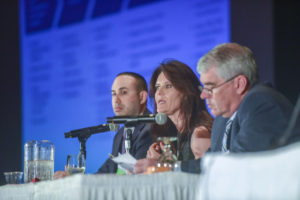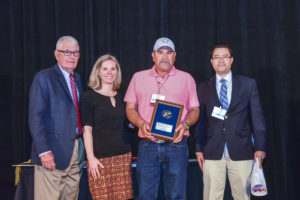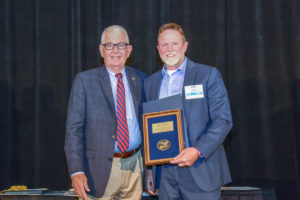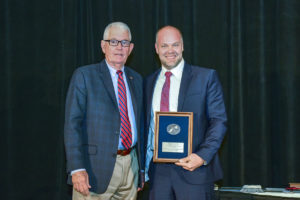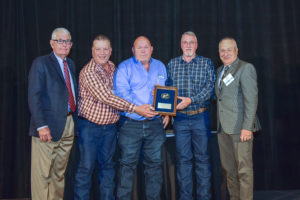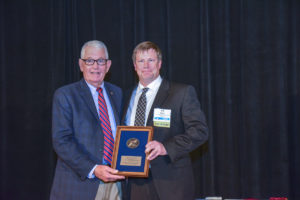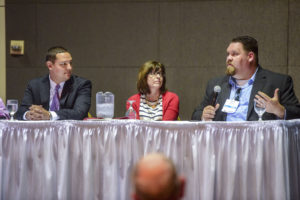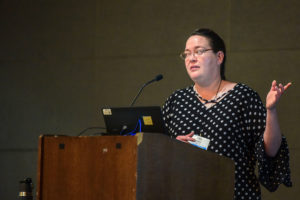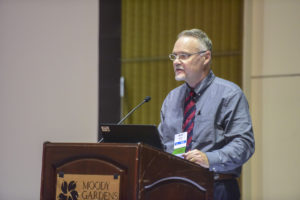The theme of the 2020 Aviation Art Contest is “Flying Yesterday and Tomorrow.”
The dream to fly is thousands of years old. Ancient stories from around the world tell us of those who wanted to take flight. Their stories of successes and failures started to become reality in the late 1800s, when men and women used the growing technological know-how to build the craft that, up until then, had only been possible in our dreams.
It is time to get out your favorite artist supplies and give free rein to your imagination to create your work that combines the flights of the past with the dreams of the future in this year’s “Flying yesterday and tomorrow” art contest.
Entries must be sent to:
Becky Vick
150 E. Riverside Dr.
Austin, Texas 78704
[email protected]
Phone (512) 416-4504
and must be postmarked by January 17, 2020
Age Categories
Group I – Junior Category
Born between 1 January 2010 & 31 December 2013
Group II – Intermediate Category
Born between 1 January 2006 & 31 December 2009
Group III – Senior Category
Born between 1 January 2002 and 31 December 2005
Entries in each age group are judged and state winners and runners-up are selected. The top three entries in each age group are forwarded to Washington, DC to be judged in the national competition.
For more information, please visit https://nasao.org/page/international-aviation-art-contest.

